Here are a few steps to find out why the PowerPoint add-ons are not loaded automatically when the user starts the Microsoft PowerPoint. These instructions are for Office and the PowerPoint add-ons in general but also for our PowerPoint add-ons like DataPoint, TickerPoint and PlanPoint. The technology behind those add-ins is called VSTO and stands for Visual Studio Tools for Office.
1. Does PowerPoint Open Without Messages?
Sometimes you are working with a brand new machine (lucky you) and Microsoft Office was just installed on this machine. Make sure, before installing add-ons for Powerpoint, that your Microsoft PowerPoint application is starting without asking about the license or activation key, or asking you to accept the end-user license agreement (EULA). These situations might block automation by our add-ons.
2. Start PowerPoint with elevated administrator
In some cases, you need to start PowerPoint with elevated administrator permission. This needs to be done only once and the first time.
Locate the PowerPoint application in your start menu. Right click it and choose to Run as administrator from the popup menu.
That helps in some cases.
3. Check for PowerPoint ghost processes
For every step that you take here, make sure that there is no PowerPoint process running anymore. First of all, close all visible PowerPoint instances on your computer. Then use the task manager to check all running processes. Kill the process in case that you find another PowerPoint process running.
For every step that you take here: make the change and start PowerPoint to find out if the add-on is loading. When not, make sure that no PowerPoint process or task remains running in the background.
4. Inactive Application Add-ins
Most likely when the addon worked before on the system, then it got somehow disabled. This could happen when there was a previous loading problem or long running action where the user aborted the start of PowerPoint, or maybe PowerPoint crashed last time. In that case PowerPoint will notice a problem with the add-on and disable it and prevent further loading of the add-in.
The user might see a message like this when the user starts the PowerPoint where it asks to disable a certain add-in due to previous start problems.
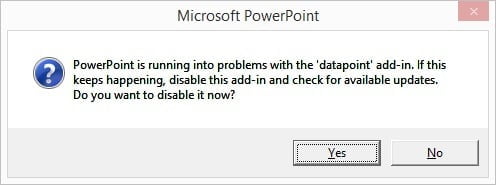
To find out later on if the add-on was disabled, start PowerPoint and click File, Options from the menu.
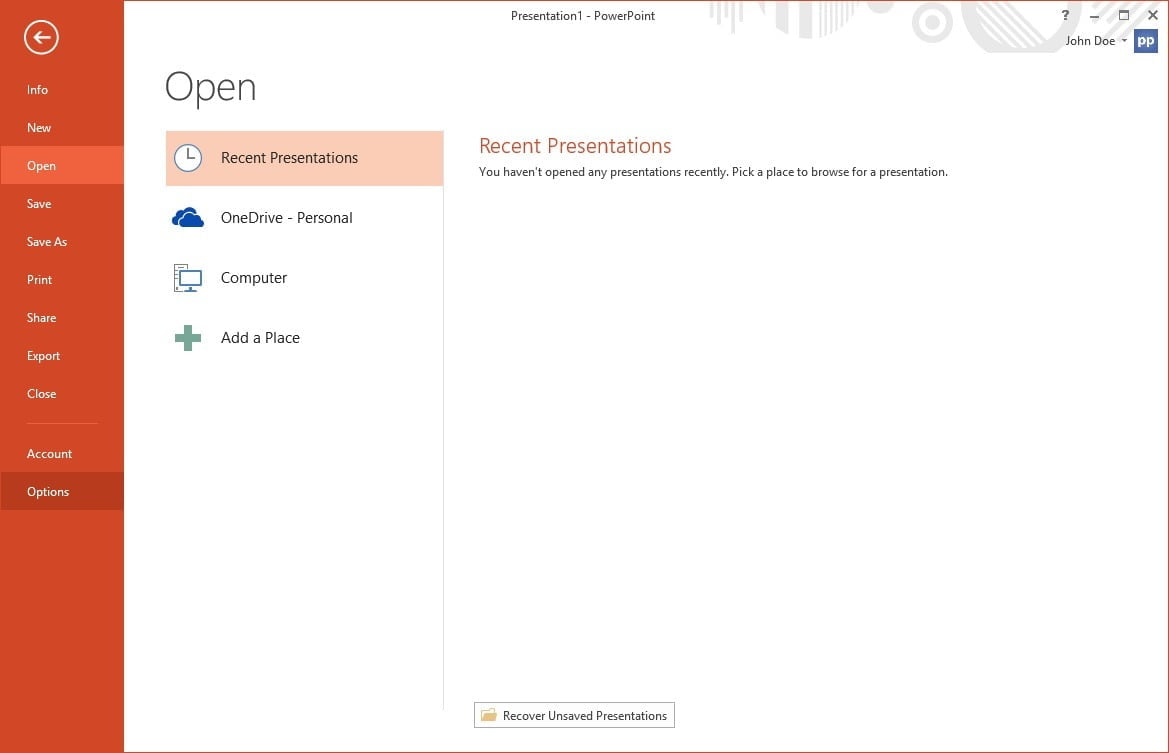
At the PowerPoint Options form now choose the Add-ins option from the left menu. Then the user will see a list of possible add-ins. There are 4 add-in groups. Active and inactive application add-ins, document related add-ins and disabled application add-ins.
Important for us here are the active and inactive application add-ins groups. The ones listed at Active Application Add-ins are the ones that are started automatically when the user starts the PowerPoint.
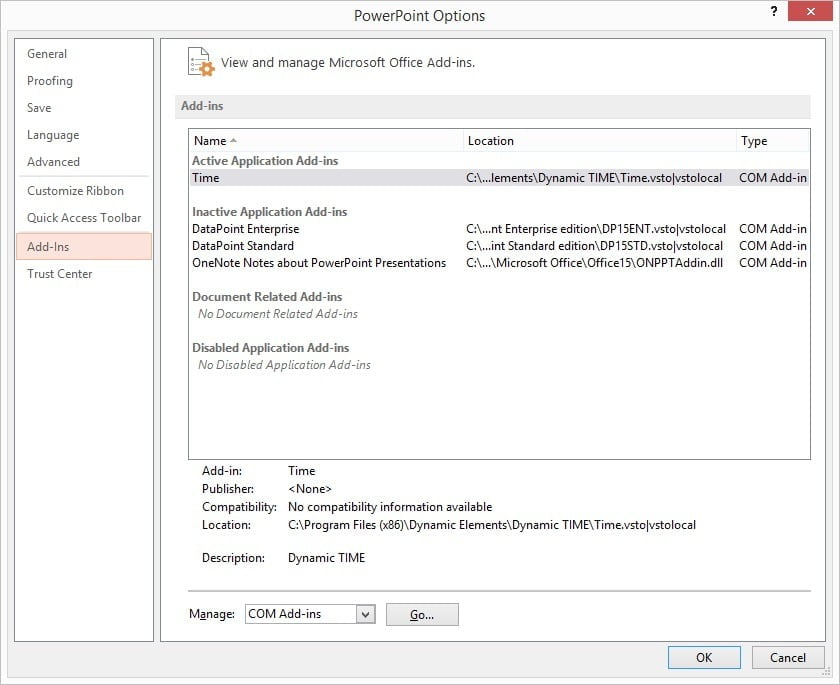
Look now at the Inactive Application Add-ins group since we are now troubleshooting why our add-in isn’t loaded. See if the add-in is in the list.
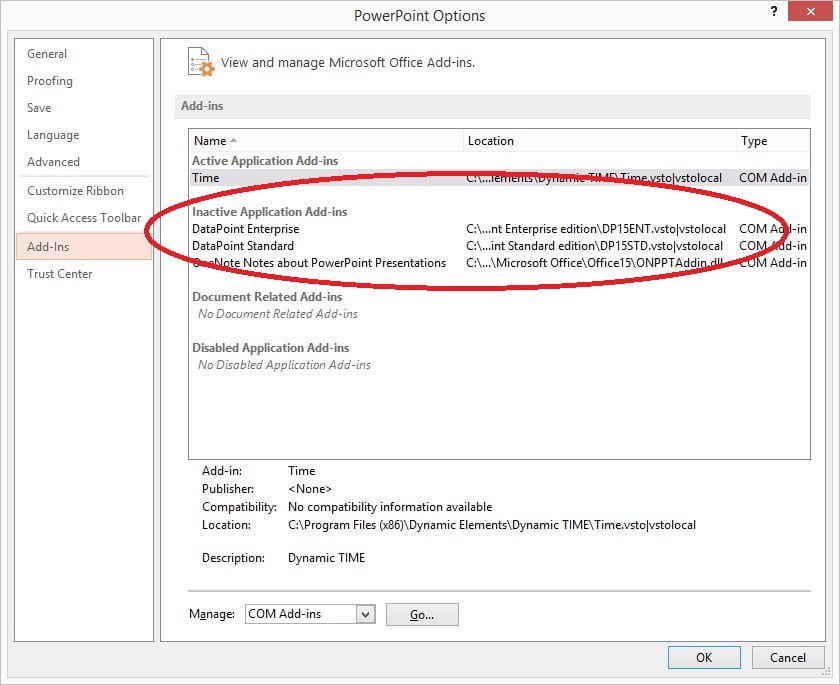
At the bottom of the form the user will see an option to manage items. Open the combobox and select PowerPoint Add-ins from the list and click the Go button.
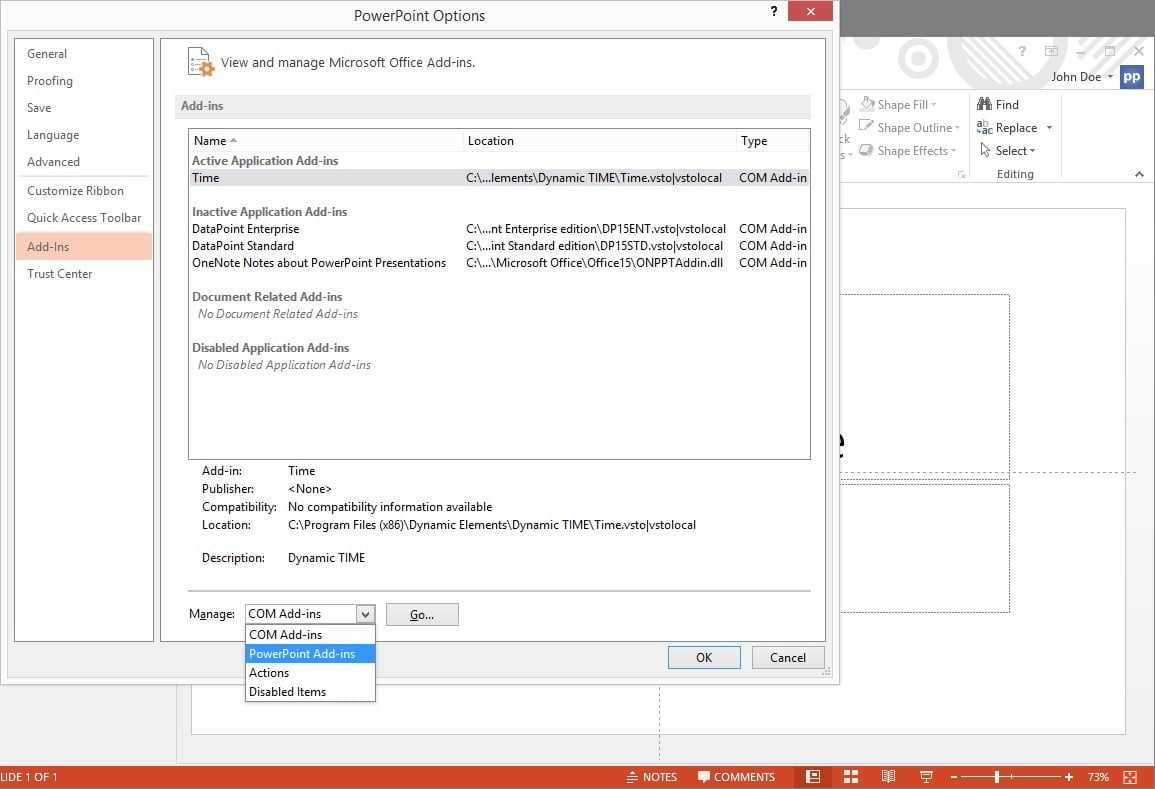
At the next step the user will see a list of all COM add-ins for PowerPoint. The items that are checked, will be loaded automatically when the user starts a PowerPoint. The unchecked items are the ones that the user don’t want to start automatically or the ones that were disabled due to a loading problem earlier.
Check the add-in that the user is troubleshooting. DataPoint Standard here on this screenshot and click OK to close.
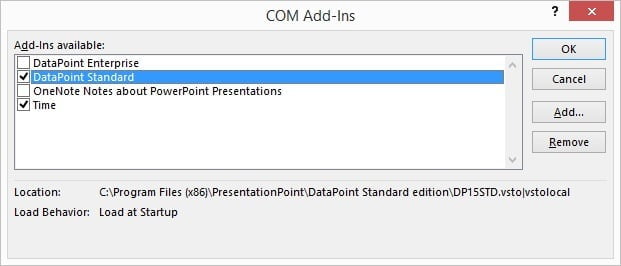
After that the add-in should become visible in the PowerPoint menu. Now try to exit PowerPoint and start it again to verify that the add-in is loaded as of now.

5. Check Office installation
On the other hand, when add-on is not showing immediately after installation, then often there is missing in the Microsoft Office setup. This typically happens when the user performs an installation of Microsoft Office with the minimum features or not all features installed.
Go to Control Panel and navigate to Programs, Programs and Features. Locate the Microsoft Office installation.
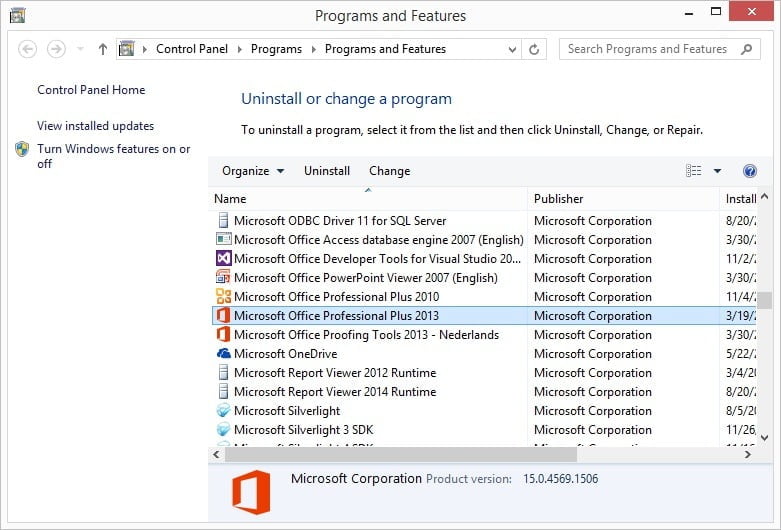
With the entry of Microsoft Office selected, click the Change button to open the setup.
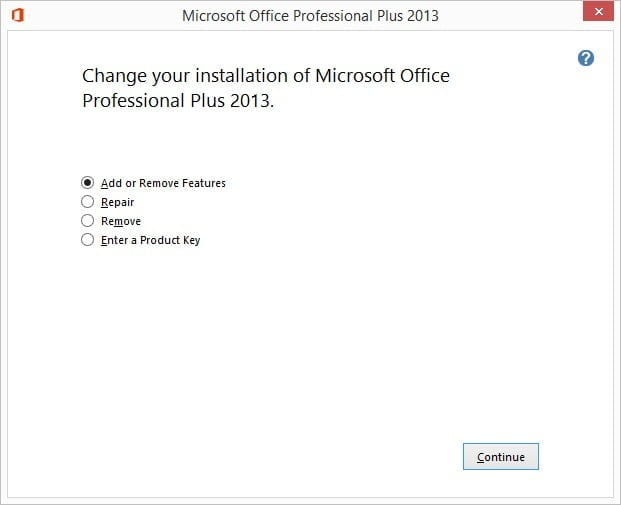
Select the option to Add or Remove Features and click the Continue button.
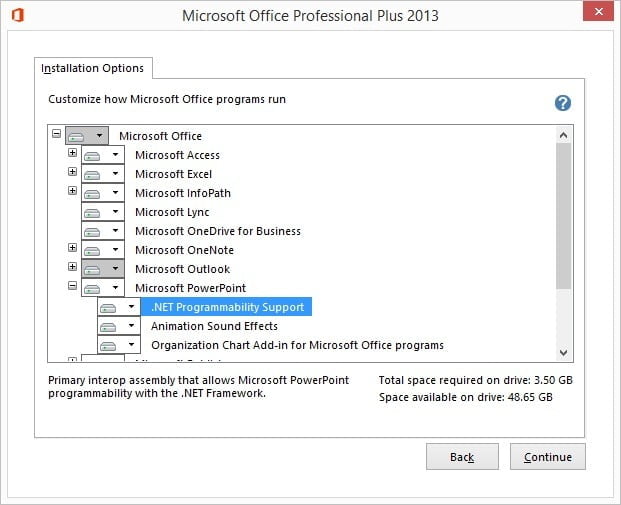
Navigate to the Microsoft PowerPoint node in the tree, and click to open it. Make sure that the .NET Programmability Support is enabled. Without this option we cannot automate the presentations by code.
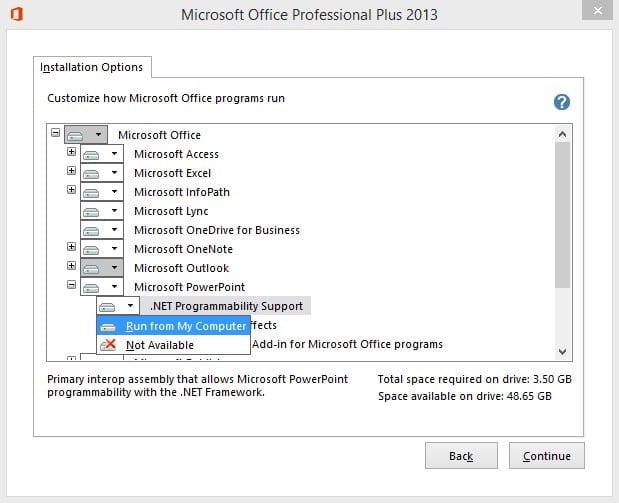
In case that the feature is not installed on the computer, then click the icon in front of the option and select Run from My Computer.
Then navigate to the node called Office Shared Features.
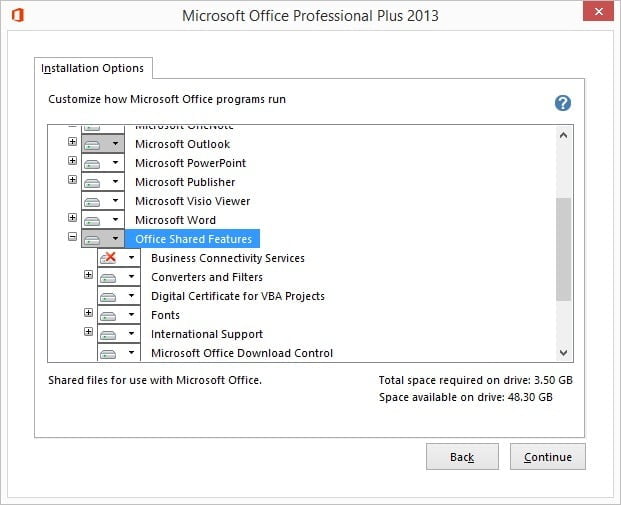
At this node make sure that the option Visual Basic for Applications is installed on the computer.
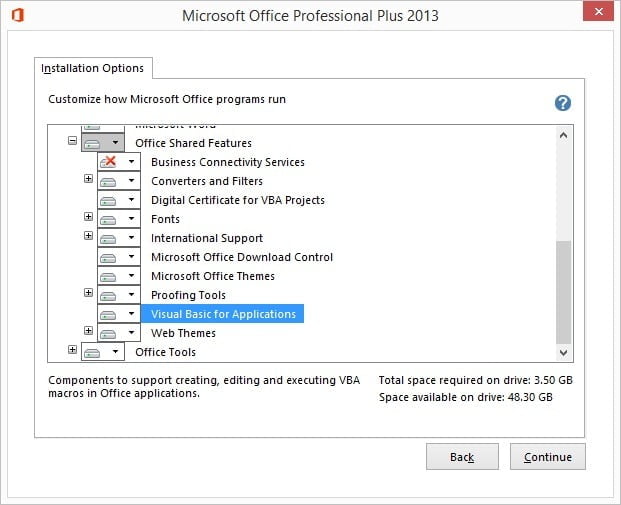
Now click Continue to move on.
The setup will now reconfigure the Microsoft Office installation and add the feature(s) to the computer.
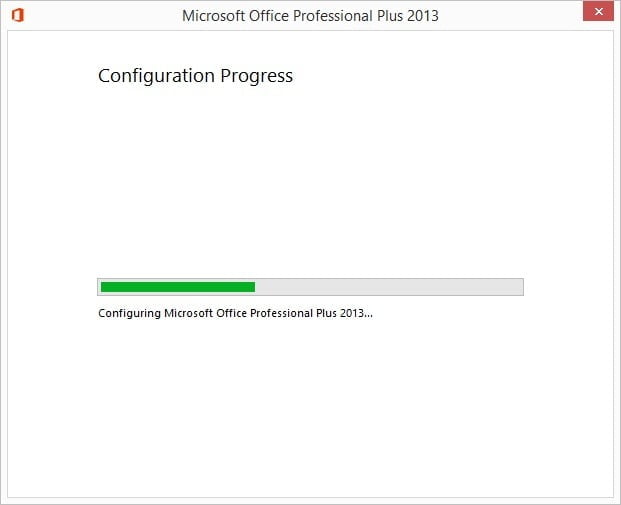
When this action is finished, start PowerPoint again to find out if the PowerPoint add-on is now loaded automatically at startup.
6. Microsoft Office Service Packs
Always use the latest version of Office and look out for possible service packs. After the initial version of an Office edition, Microsoft assembles all fixes for various bugs and offers them as installable service packs. These packs are free. service packs for all solved problems.
Throughout the time, we have seen that the installation of the service packs, solved several issues.
7. Registry
Sometimes it is interesting to have a look at the registry. At start-up, Microsoft PowerPoint reads out the registry, to find out which add-ons should be loaded together with PowerPoint.
For 32 bits operating systems
Start your registry editor (regedit.exe) and navigate to HKEY_LOCAL_MACHINE\SOFTWARE\Microsoft\Office\PowerPoint\Addins\. There you should try to locate a folder with the name of the add-in that you are trouble shooting, e.g. Dynamic NEWS.
Open that folder and look for the LoadBehavior property. Its value should have be 3, in order to load it at startup. Change to value 3 whenever you see another value and exit the registry. Then restart PowerPoint to see if the add-on is loading after this change.
When not, try to find the same LoadBehavior value in the registry, but now for HKEY_CURRENT_USER\SOFTWARE\Microsoft\Office\PowerPoint\Addins\.
For 64 bits operating systems
Start your registry editor (regedit.exe) and navigate to HKEY_LOCAL_MACHINE\SOFTWARE\WOW6432Node\Microsoft\Office\PowerPoint\Addins\. There you should try to locate a folder with the name of the add-in that you are trouble shooting, e.g. Dynamic NEWS.
Open that folder and look for the LoadBehavior property. Its value should have be 3, in order to load it at startup. Change to value 3 whenever you see another value and exit the registry. Then restart PowerPoint to see if the add-on is loading after this change.
When not, try to find the same LoadBehavior value in the registry, but now for HKEY_CURRENT_USER\SOFTWARE\WOW6432Node\Microsoft\Office\PowerPoint\Addins\.
If you can’t find this setting at HKEY_CURRENT_USER, then try this option. Use the registry editor again and export the registry folder of your add-on atHKEY_LOCAL_MACHINE. So right click the folder named e.g. PresentationPoint.Dynamic NEWS and choose to export to a file. Export the file and open the file with a text editor like notepad. Now change the text HKEY_LOCAL_MACHINE into HKEY_CURRENT_USER and save the file and exit the text editor. Right click that file and choose to Merge this back into the registry. Confirm this action and the settings will be inserted into your registry.
Exit the registry editor again and restart PowerPoint.

8. Display Alerts via Environment Variable
Normally when something goes wrong, then the user gets an error message with some text to give the user an indication of the error. But when an add-on is not loaded by the host application, here PowerPoint, then obviously there is no error message can be given.
There is a way to enable displaying those error messages via setting a Windows environment variable. I must admit that this way is not very common, but this is typically the last resort to find the origin of the problem.
Right click the Windows Start button and choose System from the list.

Click the Advanced system settings from the menu on the left.
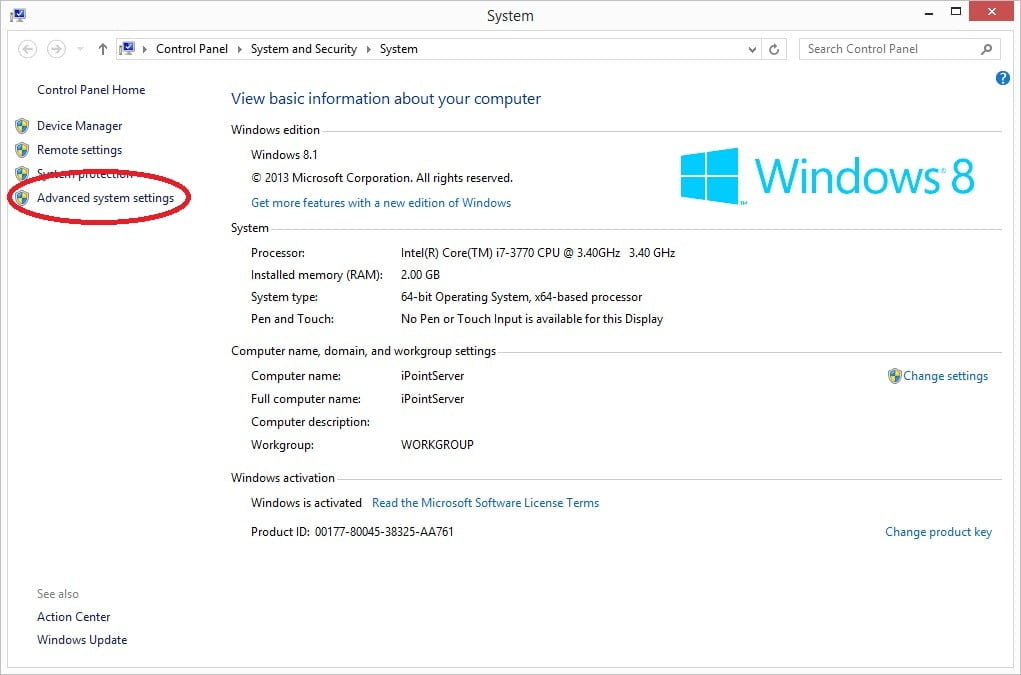
Click the button Environment Variables.
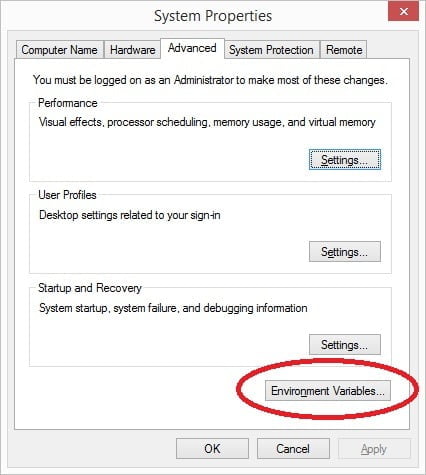
At the System variables group, click the New button.
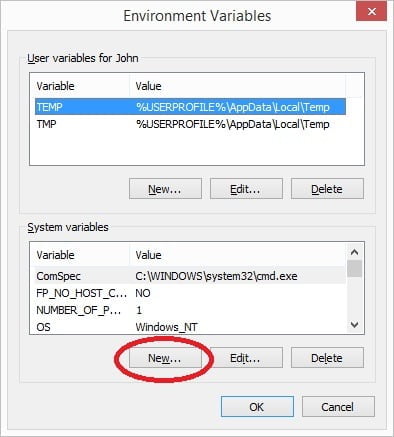
Enter VSTO_SUPPRESSDISPLAYALERTS for the variable name and set the value to 0.
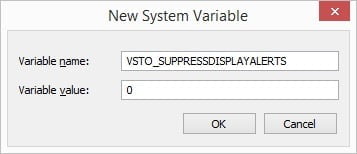
Click OK to close.
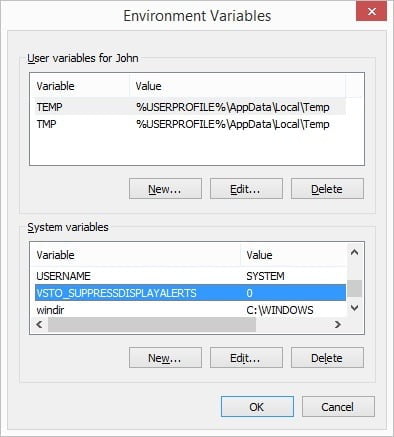
Now click OK to close the environment variables form and OK again to close the system properties.
Start PowerPoint again and the user can see an error message that the user can use in the further search.
Don’t forget to set the environment variable back to value 1 or to delete the variable from the list completely whenever the problem is found and fixed.
9. Check Event Logs
Go to your Control Panel and navigate to System and Security, Administrative Tools. This will open a new window with several options. Click to open the Event Viewer here.
At the Event Viewer, open the Windows Logs node at the left, and then navigate to the Application folder.
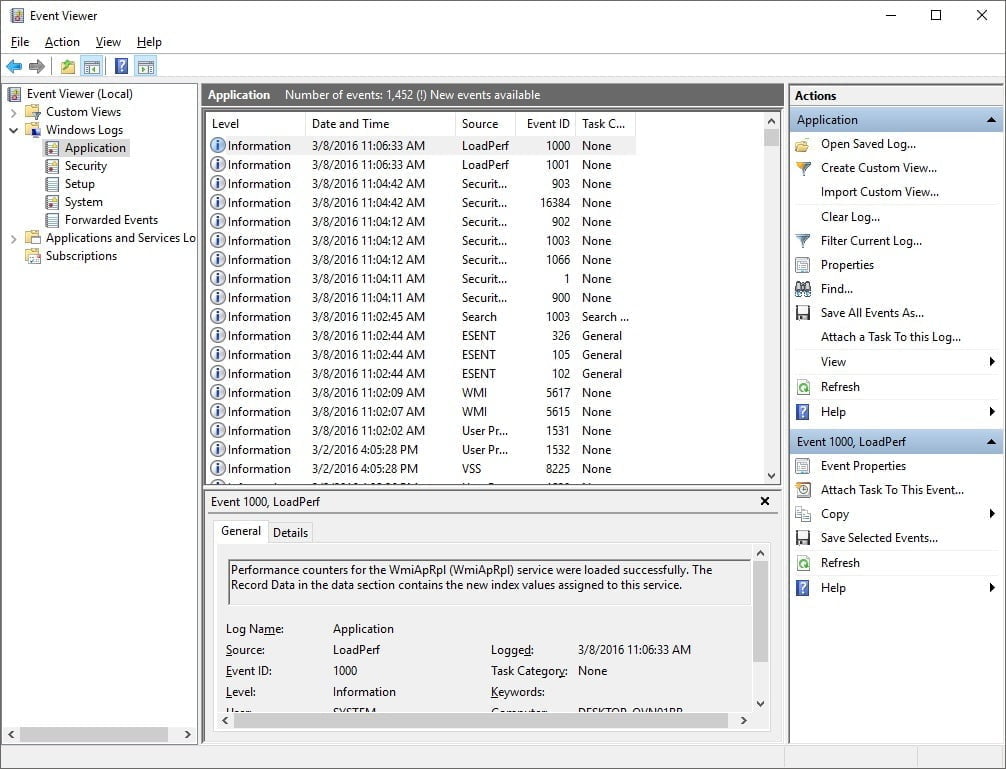
Now search for recent entries here, typically with the level named Error. Click to open the details of the log entry and try to find the error message. Use a search engine and search for the error listed here. There is a good chance that you are not the first person with this problem, and that someone knows a work-around or that a hot-fix or permanent fix is provided.
10. .NET Framework
Go to your Control Panel and navigate to Programs, Programs and Features. Verify that the Microsoft .NET Framework 4.5 or 4.5.x is installed. Download this component from the Microsoft website and install it. When it is already present, you could run a repair on the installation.
11. Visual Studio 2010 Tools for Office Runtime
Again at your Control Panel, Programs, Programs and Features. Verify that the Visual Studio 2010 Tools for Office Runtime is installed. Download this component from the Microsoft website and install it. Normally this component is installed with our add-on but maybe someone un-installed it accidentally.
12. Let us help
When nothing else helps, or you maybe can’t find it, let us check this out for you. We can use, with your permission, remote support software to log in to your computer and look for a cause. Contact us via a trouble ticket.


